TRAVEL
New night train takes tourists from German beaches to Austrian ski resorts
A new night train is allowing holidaymakers to travel between the North Sea island of Sylt and the Alpine city of Salzburg.
Published: 5 July 2020 10:53 CEST
Updated: 6 July 2020 18:03 CEST
Updated: 6 July 2020 18:03 CEST
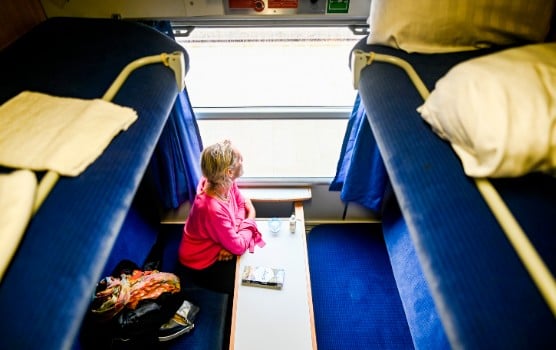
A passenger in the Sylt night train. Photo: DPA
The new night train from Westerland on Sylt to Salzburg in Austria started punctually on Saturday evening for its maiden journey.
The Alpen-Sylt night express run by the railway operator RDC is expected to arrive in Salzburg early on Sunday at noon. On the route, it will make stops in Niebüll, Husum, Hamburg, Frankfurt, Nuremberg and Munich.
According to the company, the booking figures are healthy. For this reason, the Alpen-Sylt Night Express is also scheduled to run throughout the summer and autumn.
Originally the company planned to offer the night trips until September 7th. Now the last arrival on Sylt this year is planned for November 2nd.
It will set off twice a week from the north sea island – on Thursdays and Saturdays. On Fridays and Sundays the train will then travel in the opposite direction from Austria back to the north.
Ample storage room means it is possible to bring surfboards, bicycles and dogs.
There is room in the couchette compartments for the passenger and five accompanying relatives or friends. This season, tickets are only being offered for complete compartments.
Against the background of infection protection, one would “by no means” want six strangers to be together for hours in one compartment, as an RDC spokeswoman explained.
Deutsche Bahn significantly thinned out its night train network in Germany a few years ago. Three years ago, the Austrian Federal Railway (ÖBB) then took over the loss-making DB night train business. ÖBB's night jet operations are to be expanded in stages up to 2026.
Url copied to clipboard!

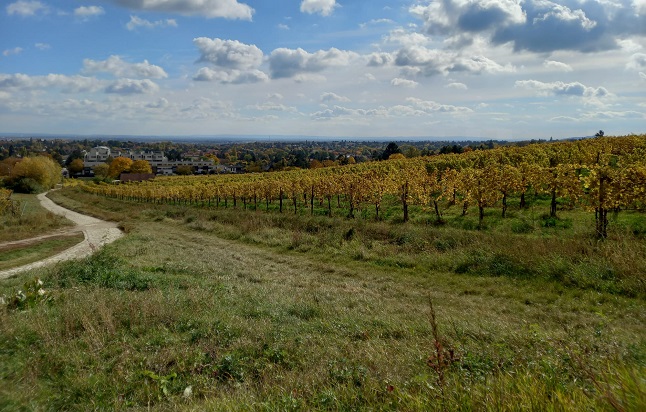
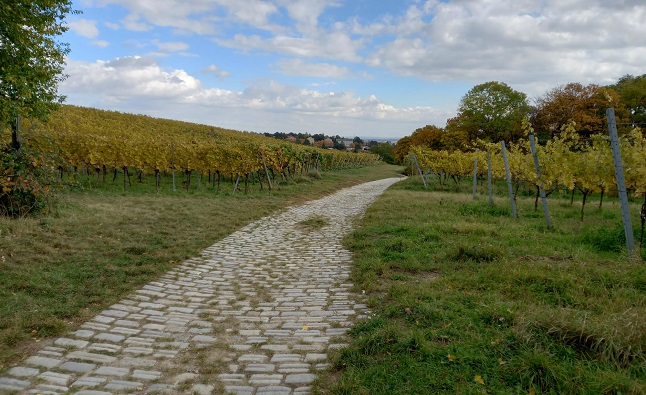
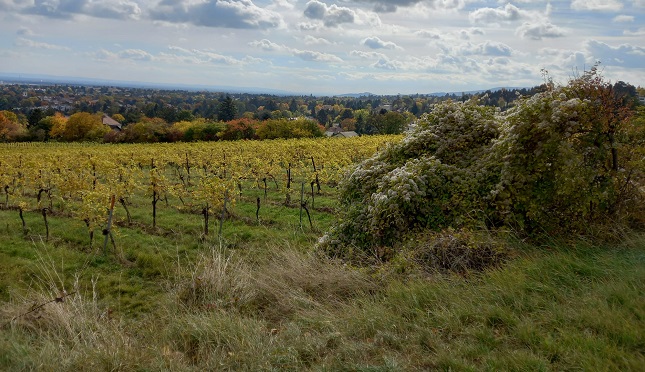
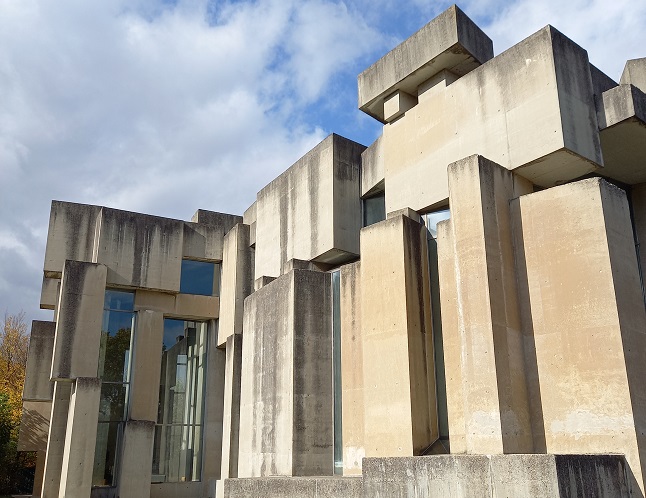
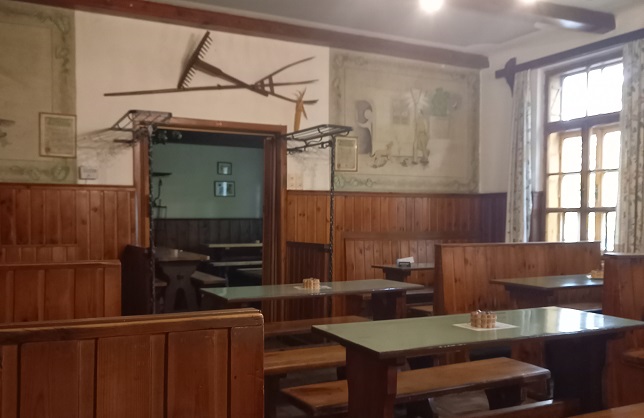
 Please whitelist us to continue reading.
Please whitelist us to continue reading.
Dear oh dear, if people from as far as Austria are flocking to Sylt, admittedly a very special place if over trendified, then it’s already astronomical prices will make it totally inaccessible!